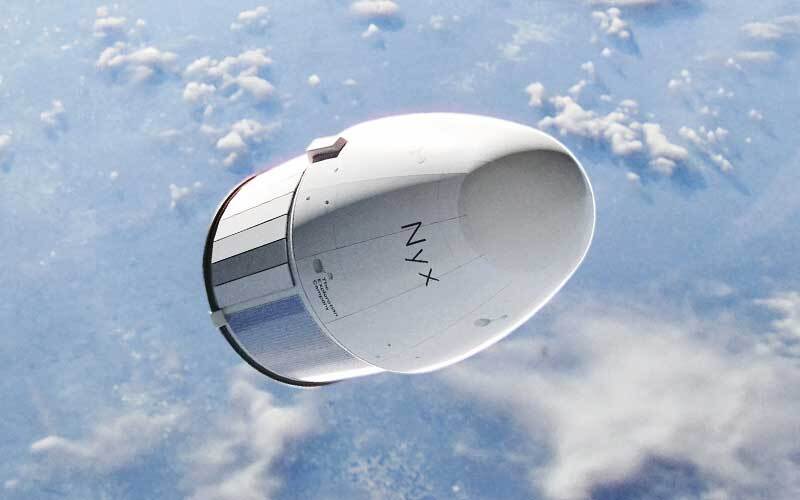27.12.2024

Credit: The Exploration Company
French space agency CNES has announced that it intends to be an anchor customer for a new commercial microgravity service.
In a 19 December call for proposals, CNES revealed that it intended to explore purchasing microgravity services for its payloads aboard platforms from up to three industrial partners. The proposed platforms must support payloads ranging from 1 to 30 kilograms, with volumes from 1U (a 10-centimetre cube) to one cubic metre, in both pressurised and non-pressurised environments, for mission durations of one week to six months. The platforms will also be required to offer Earth return services. In addition to the baseline requirements, the agency has outlined a specific test case that involves a five-kilogram experiment housed in a 3U-sized volume, operating under microgravity conditions for three months.
This technical outline seems to favour a capsule or Space Rider-like spacecraft rather than a full space station. However, if it serves as an agency-backed commercial stepping stone for microgravity services, it could lay the groundwork for a future European space station programme.
The Exploration Company and its Nyx spacecraft appear to be well-positioned to secure one of the three spots. Thales Alenia Space has two different vehicles it could propose to secure a contract. The first is the currently unnamed capsule that the company is developing to fulfil its ESA LEO Cargo Return Service contract. The second is the Space Rider-derived REV1 spacecraft that Thales is developing alongside Space Cargo Unlimited.
The Last Time a European Space Station Was Proposed
In January 1984, the United States invited international partners to participate in the International Space Station (ISS) programme. In response, ESA submitted a three-element proposal called Columbus that included the Attached Pressurised Module (APM), which later became the ISS Columbus module, the scrapped Polar Platform (PPF), and the Man-Tended Free Flyer (MTFF). While later scrapped, the PPF and MTFF represented Europe’s first attempt at reusable orbital platforms, one uncrewed and the other crewed.
The MTFF station, which would have been capable of supporting crews, would have been around 12 metres long with a diameter of 4.4 metres and a wingspan of 47 metres when its retractable solar array was deployed. It would have been served either by the proposed Hermes spaceplane or via the ISS.
MTFF was expected to be the first element of an envisioned European Space Station (ESS). In its most basic configuration, the ESS would have included an Interconnect Element which would connect the MTFF Pressurised Module to a Habitation/Control Module.
At the ESA Ministerial Council meeting in Granada, Spain, in November 1992, amid rising development costs and declining support, member states voted to cancel both the MTFF and Hermes programmes.
Quelle: European Spaceflight LTD
